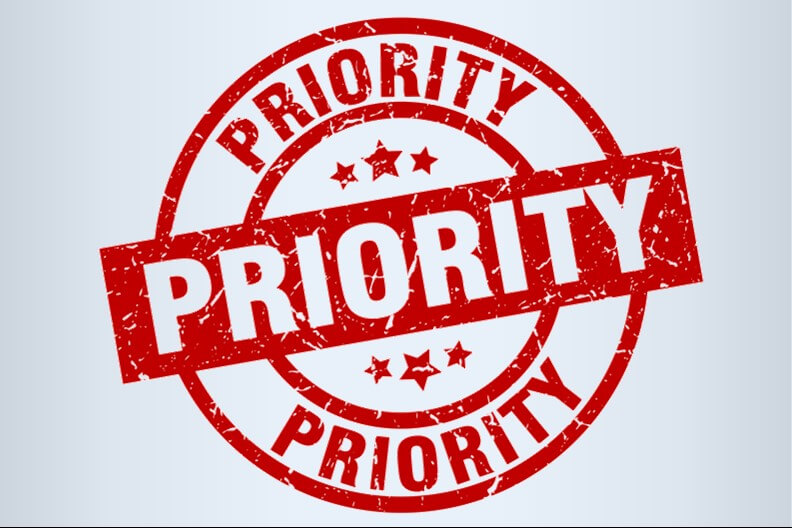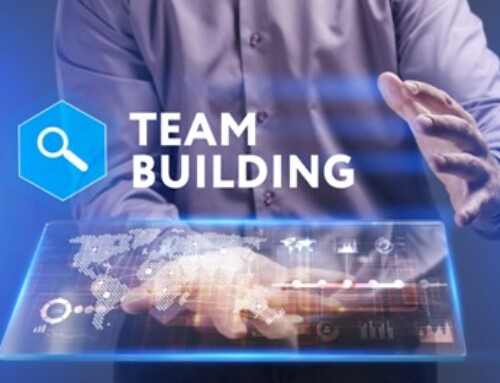Creating pleasant and memorable experiences is vital to meeting planning, but preventing and mitigating the risks of safety and security incidents before they occur is a necessity. In fact, protecting attendees from safety and security issues isn’t just a priority; it is a legal requirement.
Given the importance, it’s not surprising that 90% of event professionals believe event security and safety should be a top priority. (1) However, a commitment to attendee well-being requires dedication to ongoing assessment of safety and security measures for continuous improvement.
This article delves into the importance of safety and security audits, the risks of neglecting them, and the step-by-step process to conduct effective audits. It also explores post-audit actions, compliance challenges, and the key takeaways that every professional meeting planner should remember.
THE NEED FOR SAFETY AND SECURITY AUDITS
The Essential Role of Audits
Safety and security audits are the foundation of a successful event and attendee well-being. They are essential to meeting planners for several reasons:
- Risk Identification: Audits help identify potential risks and vulnerabilities while planning, setting up, and managing an event.
- Prevention of Incidents: Proper audits can prevent incidents that could harm attendees or damage an organization’s reputation.
- Legal Compliance: Regulatory bodies often require event organizers to conduct safety and security audits to ensure compliance with laws and regulations.
The Consequences of Neglect
Neglecting safety and security can have severe consequences, both ethically and legally.
- Negligence Lawsuits: Event organizers can face costly legal battles and compensation claims if they neglect safety. Failure to provide a safe environment or neglecting to comply with regulations can result in lawsuits, fines, and potential loss of business.
- Reputation Damage: A security breach or incident can damage the organization’s reputation (and others involved in the event), leading to long-term consequences.
AUDIT PREPARATION
Assembling a Security Team
Before conducting a safety and security audit, it’s crucial to assemble a security team. This team should consist of experts in event security and risk assessment. Their role is to assist in identifying potential threats and vulnerabilities and to ensure a comprehensive audit.
Who might make up the security team? Security personnel, access control staff, privacy compliance team members, security managers, and emergency or crisis response team members.
Thorough Venue Assessment
A thorough venue assessment is a fundamental step in preparing for an audit. Collaborate closely with venue management to understand the layout, existing security measures, and emergency response plans. The venue’s infrastructure and layout can significantly impact security considerations.
PRO TIP: Don’t forget to consider other vendors or partners who may be involved in your meeting or event! For example, food and beverage, audio/visual, and group transportation.
STEP-BY-STEP SAFETY AND SECURITY AUDIT
Conducting a safety and security audit involves a meticulous process:
- Define Objectives and Risk Profile – Define the event’s objectives and assess its risk profile. Understanding the specific risks associated with the event is critical to tailoring the audit effectively.
- Identify Security Threats and Risks – Identify potential security threats and risks that could impact the event. This includes assessing external and internal factors, such as the location’s security, transportation access, and crowd or group management.
- Review Access Control and Surveillance Systems – Examine access control systems, surveillance cameras, and security personnel deployment. Ensure that access is restricted to authorized individuals only.
- Evaluate Capacity and Emergency Plans – Evaluate the event’s capacity and emergency response plans. Ensure that clear evacuation routes and plans are in place in case of emergencies.
- Develop a Comprehensive Checklist – Develop a comprehensive checklist based on best practices and industry standards. This checklist should cover all safety and security aspects, including crowd or group management, fire safety, medical assistance, privacy regulations (such as HIPPA, CPRA, and GDPR), and others.
- Form Actionable Recommendations – Form actionable recommendations for improving safety and security measures based on the audit findings. These recommendations should be specific, measurable, and achievable.
POST-AUDIT ACTION PLAN
Implementing Corrective Actions
After conducting the audit, it’s essential to implement corrective actions promptly. Address the identified vulnerabilities and ensure that safety and security measures are enhanced accordingly.
Continuous Monitoring and Reassessment
Safety and security are not static. It’s crucial to monitor and reassess the event’s security posture continuously. Regularly review policies and procedures to adapt to changing circumstances.
Updating Policies and Procedures
Updating policies and procedures is crucial to staying proactive in ensuring safety and security. Regularly review and update these documents to reflect best practices and changing regulations. The recommended timeline for updates should align with industry changes and event planning cycles.
ONGOING COMPLIANCE AND ADAPTING TO CHANGE
Evolving Regulations and Requirements
The event industry is subject to evolving regulations and requirements. Meeting planners must stay informed about these changes to ensure compliance. Regularly check with relevant authorities and industry associations for updates.
Role of Technology in Compliance
Leveraging technology can streamline compliance monitoring. Tools like event management software and access control systems can help automate security measures and provide real-time insights into safety and security.
Industry-Specific Compliance Challenges
Different types of events may have unique compliance challenges. For example, large-scale outdoor festivals (including attendance for incentive travel activities) may face different security issues than indoor corporate meetings. Meeting planners should know these industry-specific challenges and adapt their strategies accordingly.
PRIORITIZE SAFETY AND SECURITY WITH AUDITS
Safety and security audits are a formality and a vital component of successful event planning. Meeting planners should prioritize safety and security to:
- Ensure attendee safety and enhance the overall experience.
- Comply with legal requirements and prevent legal consequences.
- Mitigate risks and prevent security breaches.
- Adapt to evolving regulations and stay compliant.
By following best practices and continuously assessing and improving safety and security measures, meeting planners can create events that are not only memorable but also safe and secure for all attendees. Remember, safety should always be the top priority in event planning.
Are you looking for a polished meeting planner to attain the highest level of security and safety at your corporate meeting or event? Contact Gavel International for more information.
_______________________
SOURCE(S):
1 https://www.htrends.com/trends-detail-sid-108603.html
2 https://www.amexglobalbusinesstravel.com/meetings-events/meetings-forecast/
This article was last updated on May 12, 2025
- 6 Ways to Demonstrate That You Are a Contemporary Leader - July 14, 2025
- Why Hustle Culture Can Harm Sales Success – and How to Repair the Damage - June 30, 2025
- Enhance Sales Through Team-Friendly Storytelling - May 5, 2025






